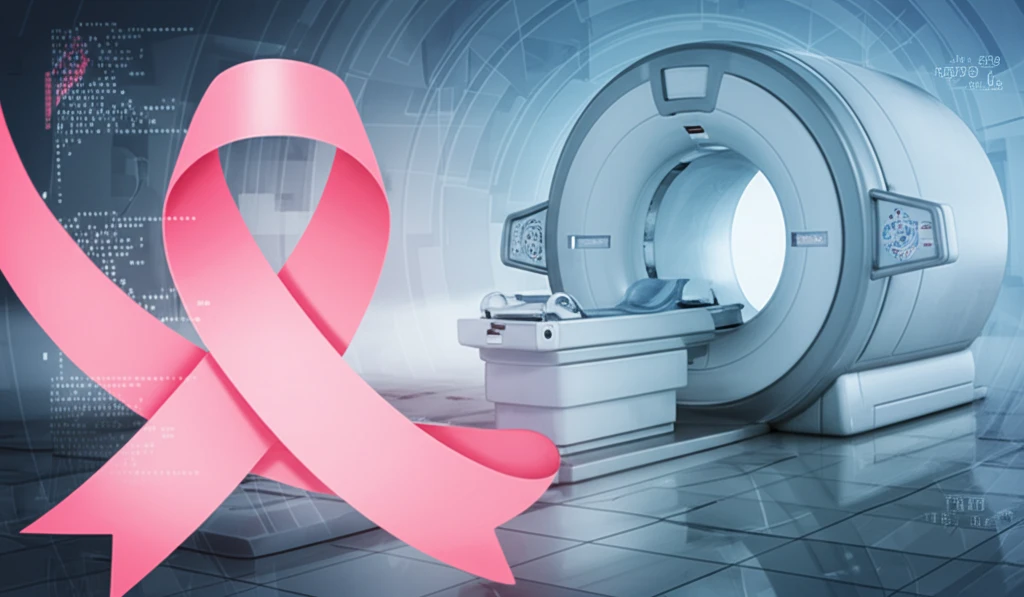
Micro-CT Scanning: The Future of Breast Cancer Surgery?
"Discover how micro-computed tomography (micro-CT) is revolutionizing surgical margin assessment in breast conserving surgery (BCS), potentially reducing re-excision rates and improving patient outcomes."
Breast-conserving surgery (BCS) is a common treatment for early-stage breast cancer, allowing women to retain their breasts while removing cancerous tissue. However, a significant challenge in BCS is ensuring that all cancer cells are removed during the initial surgery. When cancer cells remain at the edge of the removed tissue—known as positive surgical margins—patients often require a second surgery, called a re-excision, to clear the remaining cancer.
A recent study published in Breast Cancer Research and Treatment explores the potential of micro-computed tomography (micro-CT) as a tool to improve the precision of BCS. This technology could help surgeons better assess surgical margins during the initial procedure, reducing the need for re-excisions and improving outcomes for patients.
Micro-CT offers a detailed, three-dimensional view of breast tissue, allowing for a more comprehensive assessment of the surgical margins compared to traditional methods like specimen radiography. The study investigates the feasibility and value of micro-CT in guiding surgical decisions during BCS.
How Does Micro-CT Enhance Surgical Margin Assessment?

The study involved prospectively imaging 32 BCS specimens using a pre-clinical micro-CT system upon arrival in the surgical pathology laboratory. After reconstruction, the scans were then analyzed by an experienced breast radiologist, who was blinded to the final pathological diagnosis. The radiologist determined whether lesions extended to the specimen margin.
- Detailed Imaging: Micro-CT provides high-resolution, three-dimensional images of the breast tissue.
- Comprehensive Assessment: Surgeons can assess the entire surface of the surgical specimen for cancer cells.
- Improved Precision: Real-time feedback allows for more precise removal of cancerous tissue.
- Reduced Re-excisions: Fewer repeat surgeries mean less stress and recovery time for patients.
The Future of Micro-CT in Breast Cancer Treatment
Micro-CT scanning of BCS specimens offers a promising avenue for improving surgical margin assessment. By providing additional spatial information and enabling margin status assessment over the entirety of the surgical surface, micro-CT has the potential to be a valuable tool in guiding BCS procedures. While further research and development are needed, micro-CT represents a significant step forward in the ongoing effort to enhance the precision and effectiveness of breast cancer surgery.
